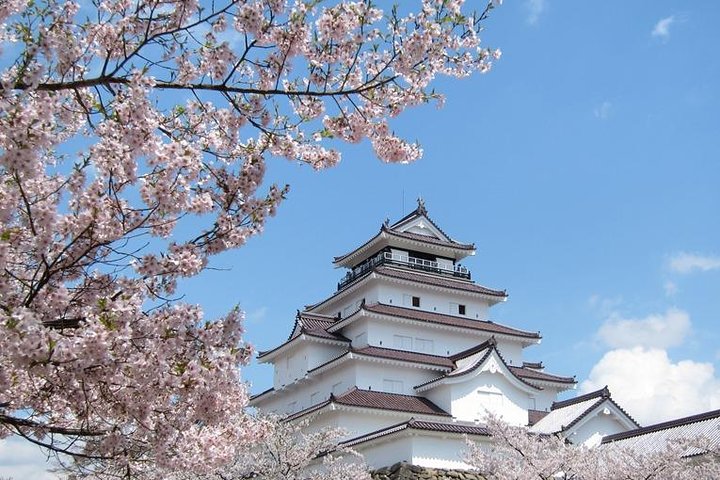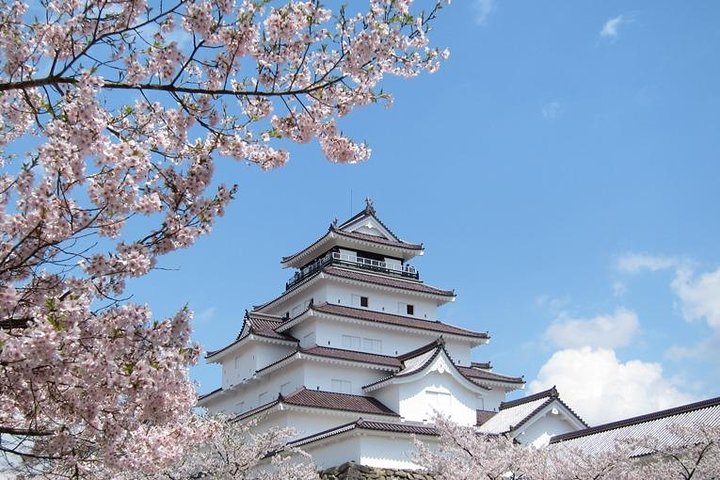Stepping into the Past: Discovering Ouchijuku’s Timeless Charm
Drawn by the allure of ancient Japan, I embarked on the Ouchijuku Tour in Aizuwakamatsu. This journey promised a deep dive into the Edo period, and I was eager to experience the timeless beauty and history of this preserved village.
A Journey Back in Time
As I stepped off the train at Aizu-Wakamatsu Station, I was immediately enveloped by a sense of history. The air was crisp, and the anticipation of exploring Ouchijuku, a village that promised to transport me back to the Edo period, was palpable. My guide, a government-licensed interpreter, greeted me with a warm smile and a deep bow, a gesture that always reminds me of my mother’s teachings about the importance of respect in Japanese culture.
The drive to Ouchijuku was a scenic journey through the lush, forested mountains of Fukushima Prefecture. As we wound our way along the narrow roads, my guide shared stories of the samurai who once traveled these paths. It was a reminder of the rich tapestry of history that Japan offers, a blend of the ancient and the modern that I have always found fascinating.
Upon arrival, the sight of the thatched-roof houses, perfectly preserved, was like stepping into a living museum. The village, with its rustic charm and historical significance, was a testament to the enduring spirit of Japan’s past.
Immersing in Edo Period Life
Our first stop was the Ouchijuku Machinami Museum, a place that truly brought the Edo period to life. The museum, housed in a renovated honjin, or inn for government officials, was a treasure trove of historical artifacts. As I walked through the exhibits, I was struck by the simplicity and ingenuity of daily life during that era.
The lit hearth on the floor, with smoke gently wafting into the ceiling, was a poignant reminder of the warmth and community that defined the period. My guide explained the significance of each artifact, from the tools used in daily life to the intricate designs of the clothing. It was a deeply enriching experience, one that resonated with my passion for understanding and sharing the nuances of Asian cultures.
The museum was not just a place to observe but to experience. I found myself imagining the lives of those who once walked these streets, their stories woven into the very fabric of the village.
The Timeless Beauty of Ouchijuku
As we strolled through the village, the beauty of Ouchijuku was undeniable. The thatched-roof houses, lined along the main street, stood as silent witnesses to centuries of history. Each house, with its unique character, told a story of resilience and tradition.
The village was bustling with visitors, yet there was a sense of tranquility that pervaded the air. It was a place where time seemed to stand still, allowing one to reflect on the simplicity and beauty of life in ancient Japan.
Before heading back to Aizu-Wakamatsu Station, I took a moment to sit by the stream that runs through the village. The gentle sound of water flowing over rocks was a soothing backdrop to my thoughts. It was a reminder of the importance of mindfulness, a practice that has been a guiding principle in my life and work.
The Ouchijuku Tour was more than just a journey through history; it was an opportunity to connect with the essence of Japan. It was a reminder of the beauty of tradition and the importance of preserving it for future generations. I left with a renewed appreciation for the rich cultural heritage of Japan and a desire to continue exploring the many facets of this incredible country.


















